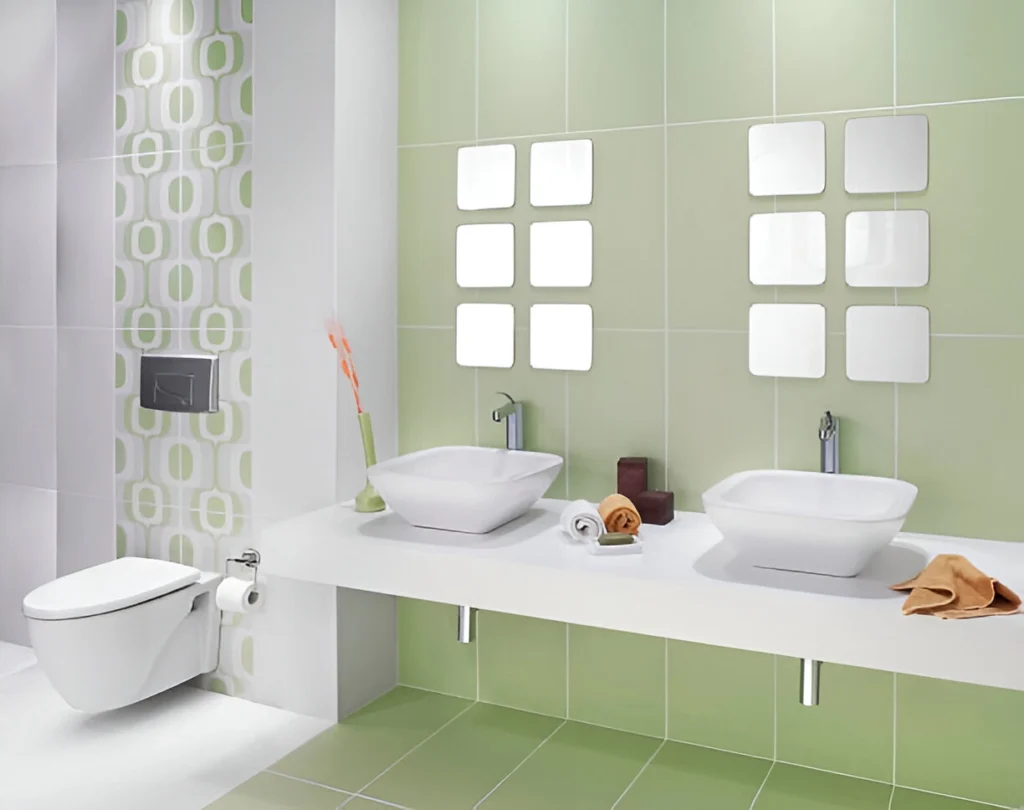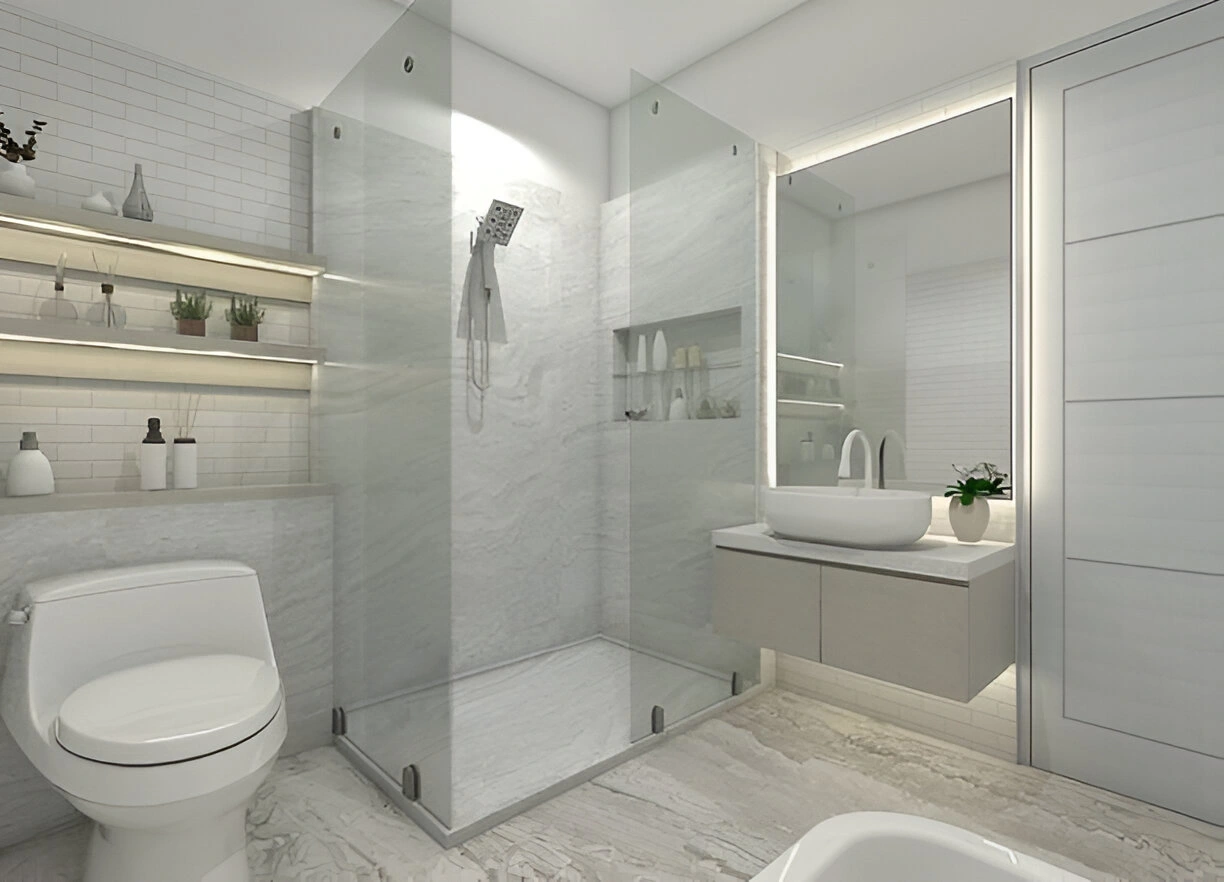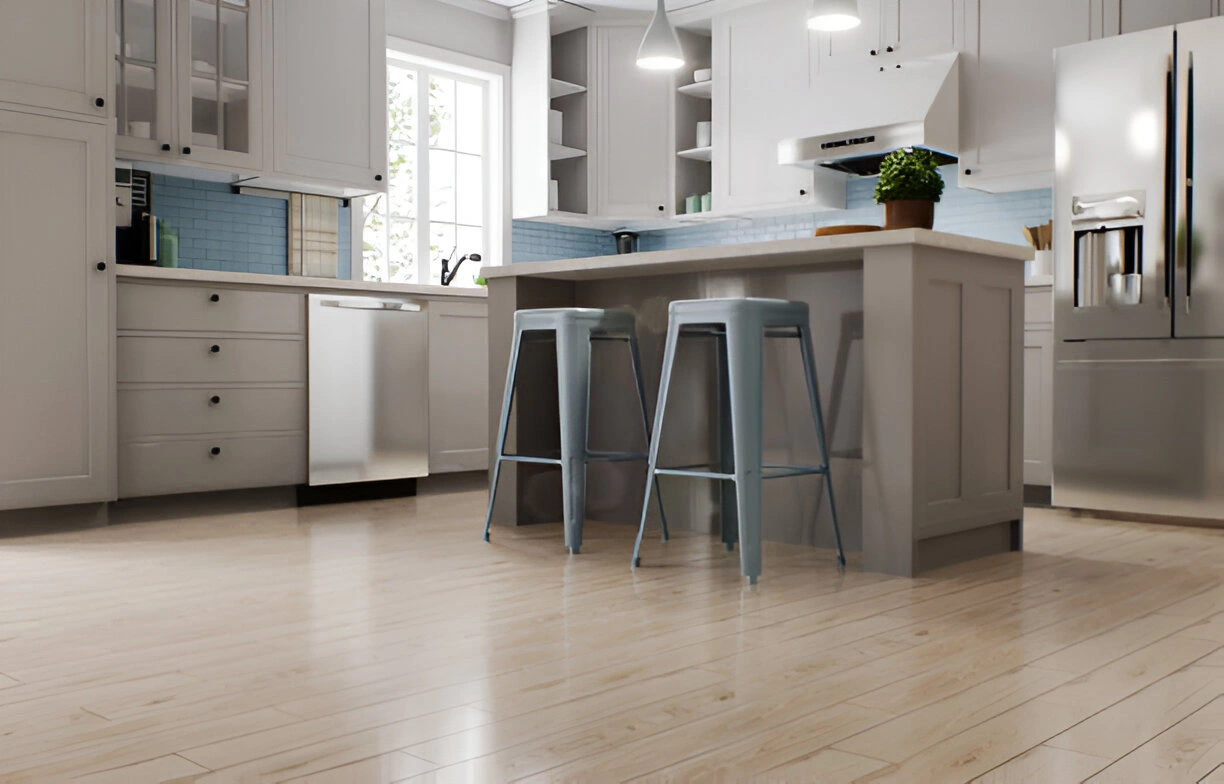You’re rolling a marble across the kitchen floor, and it takes off like it’s training for the Olympics. floor sinking in house, or maybe you’ve noticed that your dining room table has developed a permanent, slightly unsettling wobble. Perhaps you’ve started calling that one squeaky floorboard your “security system.”
If this sounds familiar, you might be dealing with a floor-sinking-in-house situation. Before you imagine your home slowly being swallowed by the earth, take a deep breath. A sinking or sagging floor is a common issue, especially in older homes across the USA, and it’s almost always solvable.
Here at Behind Decor, we believe your home should be a source of comfort, not anxiety. While we’re usually discussing the perfect shade of accent wall or the art of shelf styling, what’s behind your decor, the very structure of your home, is what truly allows you to live beautifully. In this comprehensive guide, we’ll walk you through everything you need to know about a floor sinking in a house: what causes it, how to spot it, and, most importantly, how to fix it for good.
Why Would a Floor Start Sinking? The Hidden Causes
Think of your house like a body. A sinking floor isn’t the illness; it’s a symptom. To treat it, we need to diagnose the underlying cause. The reasons for a floor sinking in a house can range from simple aging to serious structural concerns.
1. Foundation Settlement and Soil Issues
Your house is heavy, and it sits on the ground. What happens to that ground matters immensely.
- Natural Settlement: All houses settle a little bit over the first few years after construction. This is usually uniform and minor.
- Problematic Settlement: The real issue is differential settlement, where one part of the foundation sinks faster or deeper than another. This is often due to the soil beneath your home.
- Expansive Clay Soil: Common in many parts of the USA, clay soil expands when wet and shrinks during droughts. This constant movement can destabilize the foundation, leading to the floor sinking in the house.
- Soil Erosion: Poor drainage from downspouts, leaking pipes, or improper grading can cause the soil supporting your foundation to be washed away, creating empty voids.
2. Moisture and Water Damage: The Silent Saboteur
Water is public enemy number one for home structures.
- Wood Rot: In homes with crawl spaces or basements, constant moisture can lead to rot in crucial wooden support beams and joists. As this wood weakens and decays, it can no longer hold the weight it once could, leading to sagging.
- Mold and Fungus: Beyond rot, moisture invites mold and fungus that feast on organic material in wood, accelerating its deterioration.
- High Humidity: Even without a direct leak, a chronically humid crawl space creates the perfect environment for structural wood to weaken over time.
3. The Unwanted Guests: Pest Infestation
Termites and carpenter ants are nature’s demolition crews. They chew through wooden floor joists and support beams from the inside out, often leaving a seemingly intact piece of wood that is hollow and structurally useless. This hidden damage is a frequent culprit behind a sudden floor sinking in a house scenario.
4. Inadequate or Failing Structural Components
Sometimes, the problem is in the bones themselves.
- Undersized or Over-spaced Joists: Older homes might have been built with floor joists that are too small, too weak, or spaced too far apart for modern living standards and loads.
- Cracked or Failing Beams: The main support beam running the length of your crawl space or basement is the backbone of your floor. If it cracks, rots, or sags, the entire floor above will follow.
- Deteriorated Piers and Posts: These are the vertical supports that hold up the main beam. Over decades, concrete piers can crumble, and metal posts can rust, compromising their strength.
Red Flags: How to Tell if Your Floor is Sinking
You don’t need to be a structural engineer to spot the warning signs. Here’s your DIY checklist:
- The “Marble Test”: The classic test. Place a marble on a bare, level section of floor. If it consistently rolls to one spot, you have a slope. (Note: This is less effective on floors that are intentionally sloped, like in a bathroom).
- The “Bouncy” or “Spongy” Feel: Does the floor feel like it has a bit too much spring when you walk across it? This could indicate weakened joists.
- Visual Sloping: Look across the room at floor level. Can you see a visible dip or slope? Sometimes it’s most obvious from an adjacent doorway.
- Sticky Doors and Windows: As the foundation and floor framing shift, door and window frames can become misaligned, making them hard to open and close.
- Cracks: Keep an eye out for cracks in drywall, especially diagonal cracks emanating from the corners of doors and windows. Also, look for cracks in tile grout or the tiles themselves.
- Gaps: Noticeable gaps between your baseboards and the floor can be a sign that the floor has sunk away from the wall.
- A Symphony of Squeaks: While some squeaks are normal, a sudden increase in noisy floors can be a sign of movement and friction between nails and wood that wasn’t there before.
From Diagnosis to Cure: Fixing a Sinking Floor
Fixing a floor sinking in a house isn’t a one-size-fits-all job. The right solution depends entirely on the root cause. Here are the most common professional repair methods.
For Concrete Slabs: Slabjacking (Mudjacking) & Polyurethane Foam Injection
If your concrete slab foundation is sinking, it can often be lifted and stabilized.
- Slabjacking: A slurry mixture (often of soil, water, and cement) is pumped beneath the slab to fill voids and lift it back to its original position.
- Polyurethane Foam Injection: A more modern technique where expanding polyurethane foam is injected under the slab. It’s lighter, stronger, and less invasive than traditional mudjacking.
For Serious Foundation Issues: Piering Systems
When the problem is deep, the solution needs to be deep too.
- Steel Push Piers: Steel piers are hydraulically driven through unstable soil until they reach stable, load-bearing soil or bedrock. The foundation is then hydraulically lifted and secured to these new, stable piers.
- Helical Piers: These look like giant steel screws. They are mechanically twisted into the ground until sufficient torque and support are achieved. They are excellent for lighter loads and in areas with unstable soil.
For Damaged Framing: Sistering Joists and Replacing Beams
If the issue is in the floor’s wooden structure itself, repairs happen in the crawl space or basement.
- Sistering Joists: A new, strong joist is secured (bolted and glued) alongside the damaged or undersized joist. This effectively creates a new, stronger composite beam.
- Beam Replacement/Reinforcement: A failing main beam may need to be shored up with new steel posts or replaced entirely with a new engineered beam. This is major surgery, but it is sometimes necessary.
The Supporting Cast: Moisture and Pest Control
Any repair will be temporary if the underlying environment isn’t addressed. This often includes:
- Installing a Vapor Barrier: Sealing a crawl space with a thick plastic vapor barrier is critical for controlling moisture.
- Improving Drainage: Regrading the soil around your home’s perimeter, ensuring downspouts extend far away from the foundation, and installing French drains can divert water and prevent future problems.
- Pest Treatment: A professional extermination treatment is a non-negotiable first step if pests are present.
The Cost of Comfort: Investing in a Stable Home
Let’s talk numbers. The cost to fix a floor sinking in a house is highly variable. A simple joist sistering project might be a few thousand dollars, while a full-scale foundation repair with a pier system can easily run $15,000 – $30,000 or more.
While this is a significant investment, it’s an investment in your home’s safety, structural integrity, and resale value. Ignoring the problem will almost always lead to more extensive and expensive damage down the road. Always get multiple quotes from reputable, experienced foundation repair specialists who offer lifetime warranties on their work.
FAQ: Your Floor Sinking Questions, Answered by Behind Decor
Is a sinking bottom dangerous?
It can be. A significantly sinking bottom frequently indicates a major structural problem that could worsen. We always recommend a professional examination to assess the threat and ensure your home's safety.
Can I fix a sinking bottom myself?
This isn't a DIY design. Diagnosing the root cause requires expert knowledge, and repairs involve technical outfit. Miscalculations can be disastrous and incredibly expensive to fix. Hire a professional.
Will homeowner's insurance cover the form?
Generally, no. Standard programs don't cover damage from settling or foundation issues. They may only cover it if the cause was a specific, covered pitfall, like an unforeseen burst pipe.
How long does a foundation form last?
Professional repairs are designed to be endless. utmost estimable companies back their work with strong, transferable continuance guaranties, furnishing peace of mind and adding value to your home.
What's the typical cost range for repairs?
Costs vary extensively grounded on the cause and result. Simple joist repairs may bring many thousand bones, while full foundation piering can range from$ 15,000 to$ 30,000 or further.
Conclusion: Solid Ground, Secure Home
Discovering that you have a floor sinking in your house is unsettling. It’s a problem you can’t unsee once you’ve noticed it. But knowledge is power. Understanding the causes, recognizing the signs, and knowing the solutions empowers you to take smart, decisive action.
Your home is your sanctuary. The foundation and floors are the stage upon which you build your life and your decor. Ensuring that the stage is solid, stable, and secure is the most important home improvement project you can undertake.
The team at Behind Decor is here to help you create a home that’s not only beautiful but also strong and safe for years to come. Don’t let a sinking floor bring you down; address it head-on and restore your peace of mind.




